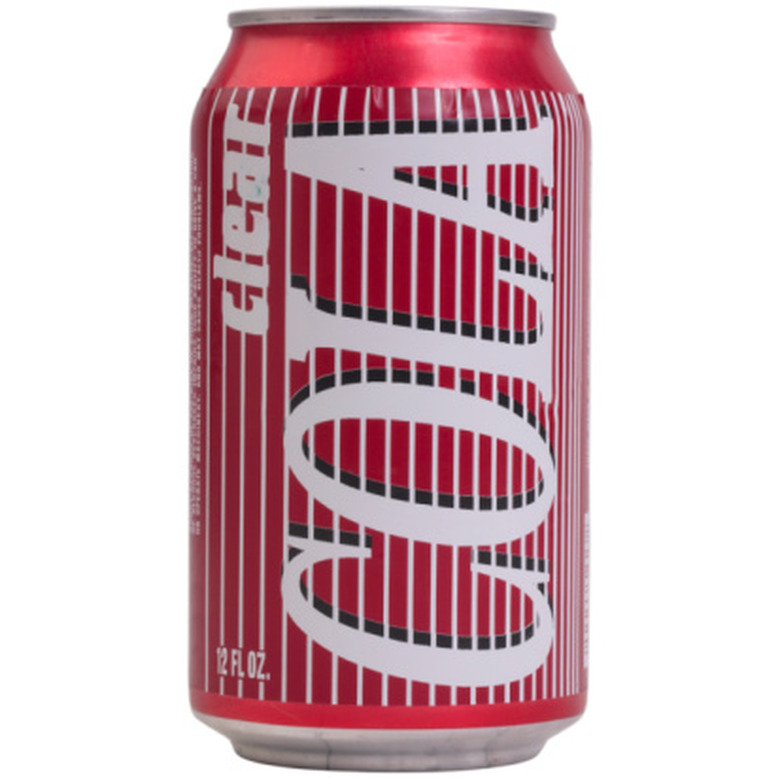Experiments On How To Compare Carbonation In Soft Drinks
Carbonation in soft drinks creates the bubbles that float to the top when the drink is opened. These bubbles are carbon dioxide gas that is suspended in the liquid and are released when the bubbles pop at the surface. Carbon dioxide is typically pumped into the soft drink. Each brand of soft drink has different levels of carbonation. These experiments allow students to determine which brand has the most packaged carbonation.
Let it Go Flat
Let it Go Flat
The easiest way to determine how much carbon dioxide is present in a container of soda pop is to weight the container before and after opening. While carbon dioxide may not weight a lot, a digital scale will be able to measure the difference in the weight of the can once the soda no longer bubbles, commonly called flat. To compare brands, use soft drinks in the same container type, such aluminum cans or two-liter bottles. Once opened, keep the soft drinks under the same temperature conditions so the drinks are equally effected. After a day or two weigh the soft drinks again. Which soda lost the most weight?
Containers
Containers
Repeat the experiment from above, but this time determine if the carbonation level for the brand of soft drink is the same in each container that the product is sold in. Compare the percentage of weight lost for each container to find out which type of container holds the most carbonation. Types of containers soda comes in are glass bottles, plastic bottles of varying sizes, and aluminum cans which can also come in various sizes.
Which Loses Its Fizz First
Which Loses Its Fizz First
Each type of container holding a soft drink will lose carbon dioxide from the liquid at different rates. Compare different brands of soda for this experiment. For the experiment each brand's containers must be the same size. For example, compare 12 oz aluminum cans, 2 liter bottles or 20 oz plastic bottles. Open the different sized containers at the same time. Monitor the soft drinks as time elapses. Avoid shaking the drinks when observing to avoid releasing additional carbon dioxide from the liquid. The soda is flat when no more bubbles are observed escaping from the soda. Use a flashlight to check the aluminum cans. Which container type goes flat first?
Which Method Keeps the Soda From Going Flat
Which Method Keeps the Soda From Going Flat
Determine which is the best method to keep soft drinks from going flat once their containers have been opened. Use multiple container sizes and brands of soda for comparison. Create a control group of soft drinks that are opened and left out to sit at room temperature to measure how quickly the soda will go flat. Come up with various ways in which the experimental soda carbonation can be maintained. Examples are to seal the container, keep the container in lower temperatures or remove excess air from the container. See which of these scenarios keep the soda for going flat the longest.
Cite This Article
MLA
Carpenter, Michael E. "Experiments On How To Compare Carbonation In Soft Drinks" sciencing.com, https://www.sciencing.com/experiments-compare-carbonation-soft-drinks-8492793/. 24 April 2017.
APA
Carpenter, Michael E. (2017, April 24). Experiments On How To Compare Carbonation In Soft Drinks. sciencing.com. Retrieved from https://www.sciencing.com/experiments-compare-carbonation-soft-drinks-8492793/
Chicago
Carpenter, Michael E. Experiments On How To Compare Carbonation In Soft Drinks last modified March 24, 2022. https://www.sciencing.com/experiments-compare-carbonation-soft-drinks-8492793/
